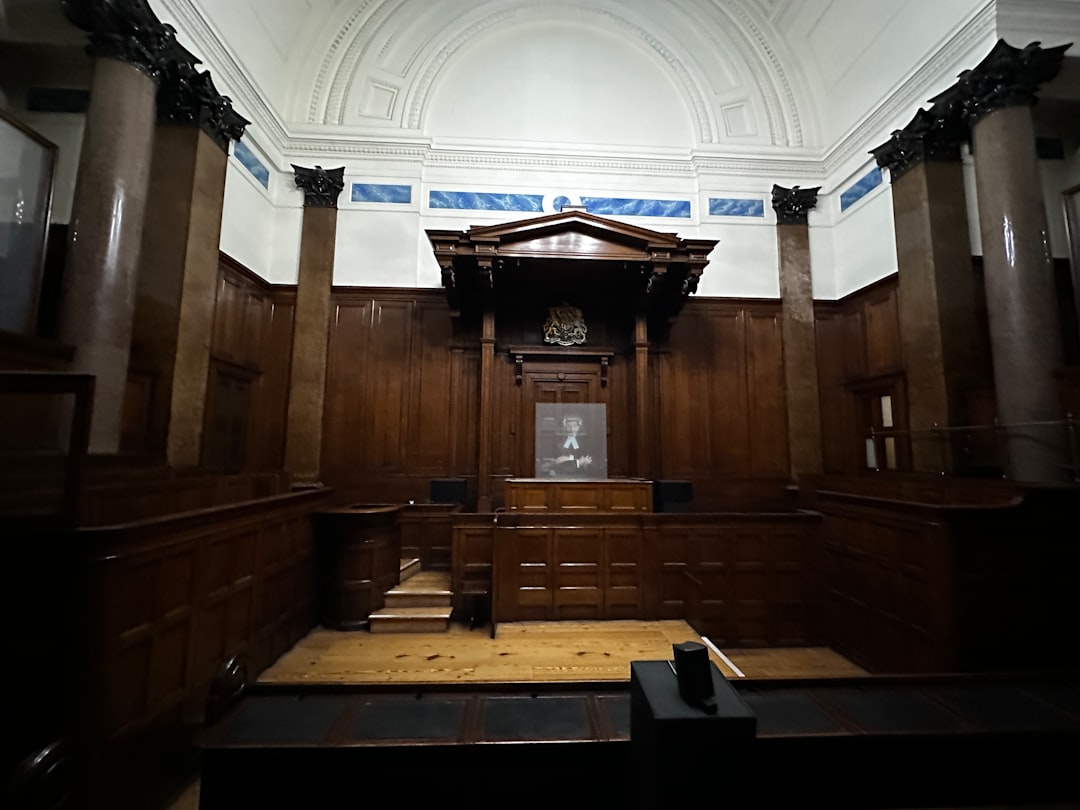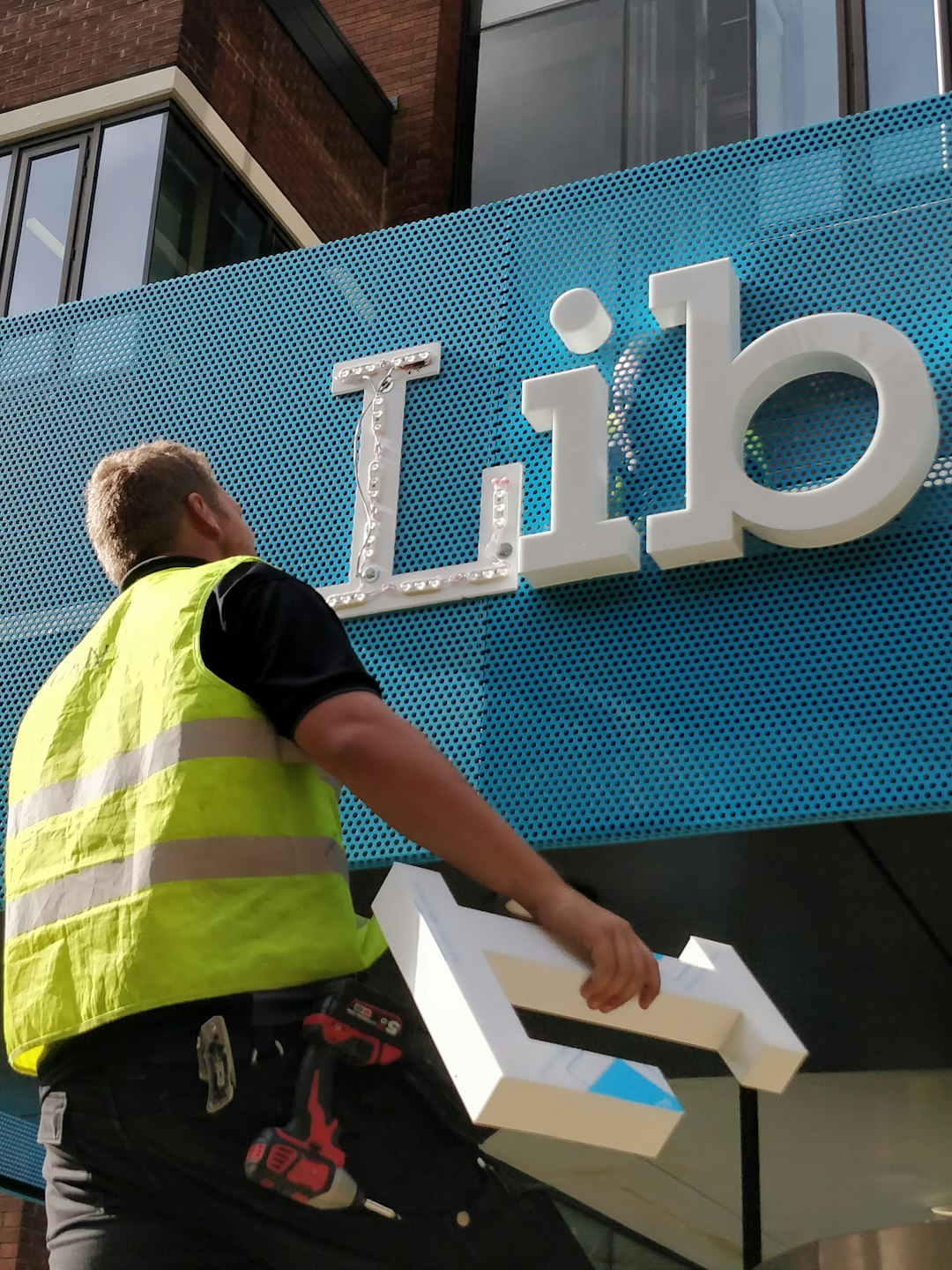When designing a workplace, organizations need to consider many different aspects. Besides being a safe and attractive environment, it also must be functional. Employers can boost employee engagement and productivity by providing employees with a great place to work. And they can use the workplace to attract and retain top talent.
Technology continues to transform the way we work. As a result, workplace design must be flexible enough to accommodate new technologies and meet changing needs. It must also be accessible to people with disabilities. Creating an inclusive workspace can enhance productivity and creativity and increase decision-making.
In addition to physical space, workplace design must also reflect the company’s overall strategy. For example, an office design team might advocate for using environmental artifacts such as plants and natural lighting to improve mood and encourage social interaction.
Similarly, companies should use evidence-based design improvements to improve employee efficiency, safety, and well-being. This helps improve occupancy and reduce absenteeism, which can also have a positive impact on financial performance.
The design of a workplace should also promote employee flexibility. For instance, workers can take breaks or grab a bite to eat whenever they want. A well-designed layout will help managers oversee the whole space. If there are areas designated for certain tasks, they can be easily rearranged when needed.
Millennials will dominate the workforce, and employers should be prepared for this generation’s demands. They want jobs that offer fun activities, access to recreational opportunities, and inspiring facilities.
Moreover, technology has always transformed the dynamics of the workplace. Laptops, wearables, and other devices have revolutionized the way we work. But now, they are transforming how we interact with one another. Creating a workspace that works for all types of workers is a must, especially in today’s highly competitive marketplace.
The role of the workplace has shifted from being a fixed location to being a space for collaboration and communication. This has helped organizations like GSK reimagine their facilities with reconfigurable “smart lab” equipment. Their goals included a stronger sense of community, faster development of new therapies, and better coordination of R&D operations.
Workplaces that are designed to encourage collaboration and interaction promote employee engagement. These designs include open floor plans, shared collaboration zones, and comfortable conference rooms. All of these features help break down departmental barriers and foster communication. Communal spaces are particularly important for employees to gather, as they allow individuals to focus on their work and avoid distractions.
A workplace that allows for freedom of movement is a great asset for any organization. Rather than chaining employees to their desks, it offers the flexibility to work from a variety of locations with internet access.








